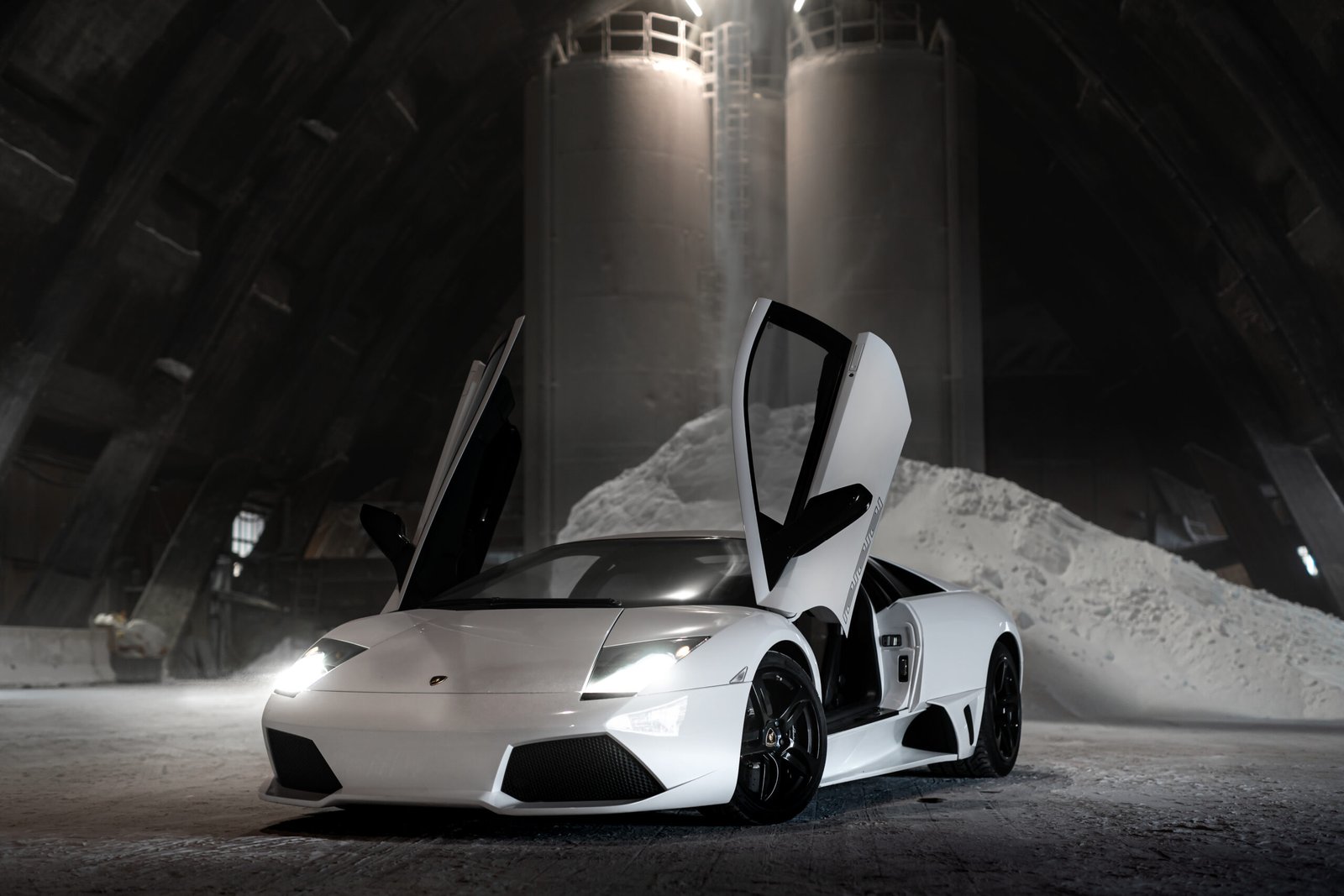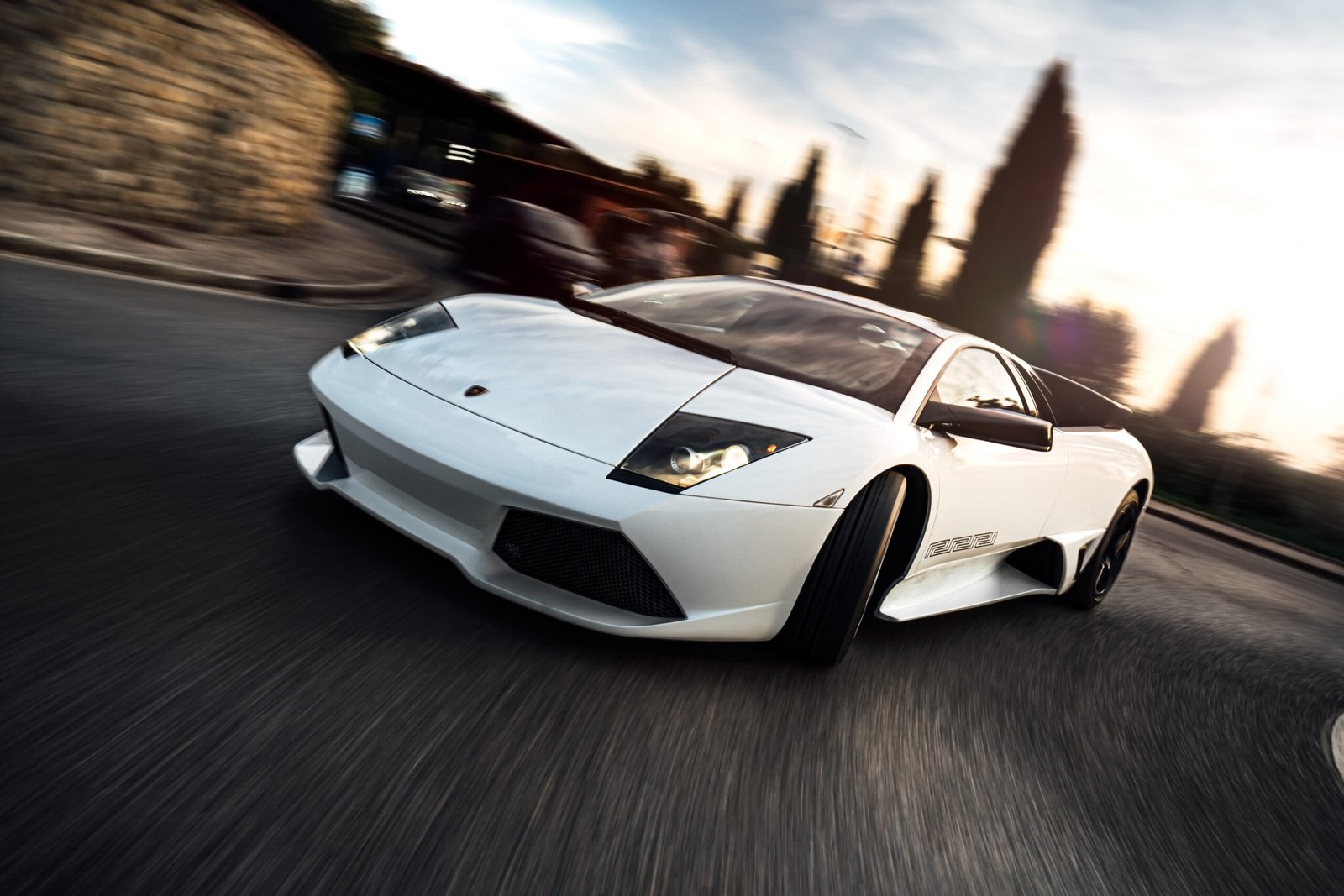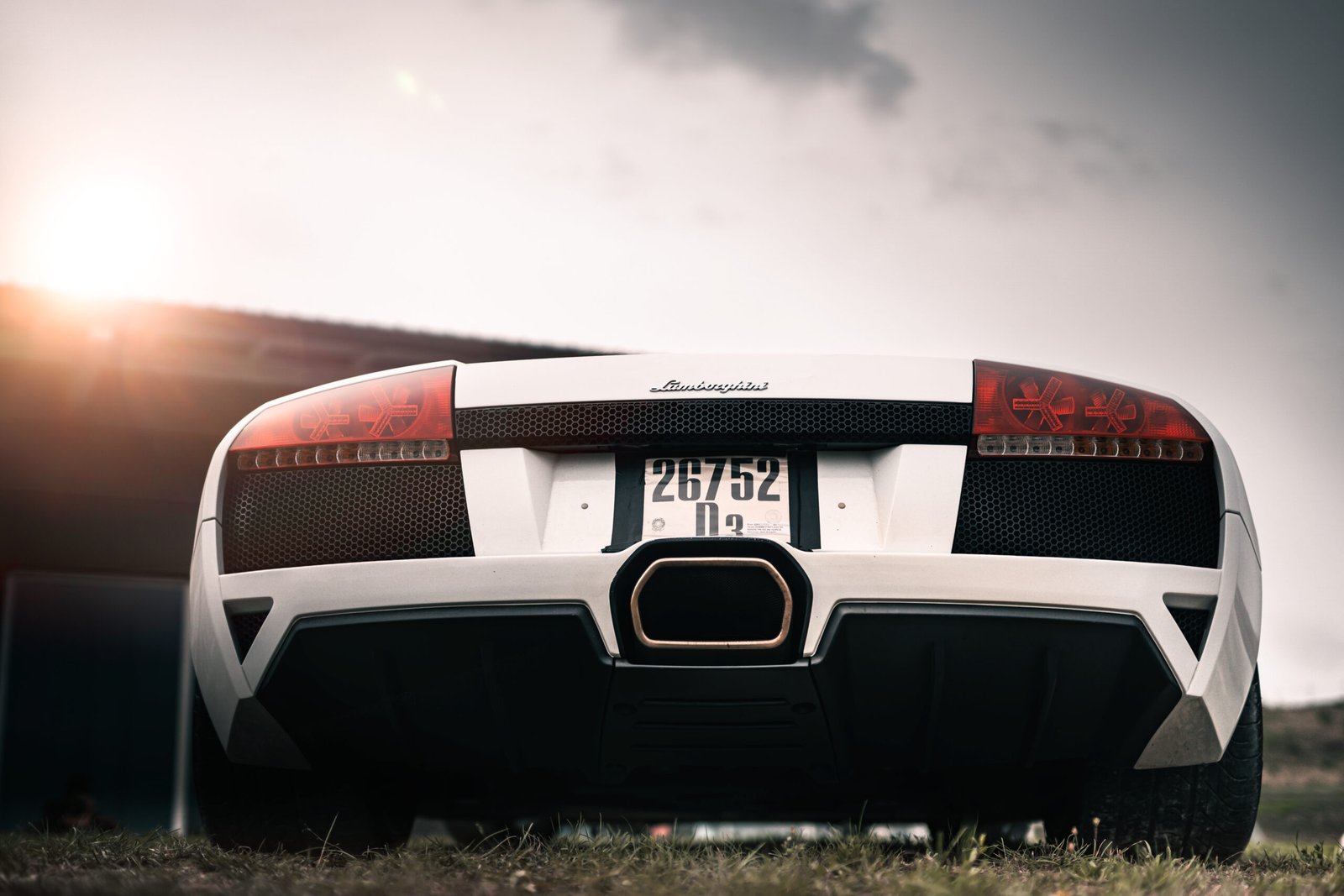The ten-year history of the Diablo’s successor in a year full of V12 celebrations
Sant’Agata Bolognese, 22 September 2022 – In 2022, Lamborghini will celebrate the V12: the legendary 12-cylinder engine that has powered its most famous model for almost 60 years. These include the Lamborghini model Murciélago, which when it debuted at the IAA in Frankfurt in September 2001, was tasked with bringing the historic V12 engine into the 21st century. And in a remarkable way, because when this model debuted, the 6.2-liter engine made 580 horsepower. That’s a very high number, considering that cars require large catalytic converters to be approved in all world markets, including the most stringent when it comes to emissions.
The Murciélago is the first Lamborghini to be designed entirely with a CAD-CAM system that ensures the highest level of design precision and significantly improves assembly and finish quality. Visually, Murciélago is fully formed in the new design department – Lamborghini Centro Stile, led by Luc Donckerwolke, who has already redesigned Diablo, but Murciélago has the privilege of working with him to design the body and interior. The overall height is only 120 cm, and it retains the distinctive “scissor door” trademark.

The evolution of the 12-cylinder engine
When it was originally created, the Murciélago was only available in a hardtop version with a 6.2-liter engine producing 580 hp at 7200 rpm. Thanks to dry sump lubrication, the Murciélago engine is 5 cm lower than the Diablo, giving it a clear advantage in terms of drivability. It hits a top speed of 330 km/h and sprints from 0 to 100 in 3.8 seconds.
In 2004, a sports car version joined the Murciélago coupe. The second-generation Murciélago model, officially known as the Murciélago LP 640-4 (closed and convertible), debuted in 2007 and continued production until 2010, with the V12 delivering an increased 640 hp at 8000 rpm. In 2010, the Murciélago LP 650-4 Roadster was introduced, with a manual top and a 6.5-liter engine making 650 hp at 8000 rpm, and in 2009-2010, the 670-4 SV (Super High Speed). With 670 hp and a top speed of 341 km/h, it is 100 kg lighter thanks to the use of carbon fiber in many components.
All Murciélago models are all-wheel drive, a system borrowed directly from the Diablo system, and a Ferguson differential with viscous couplings capable of distributing torque to a maximum of 70 percent of the rear and 30 percent of the front. The carbon-fibre chassis and the aluminum hybrid structure are the hardest load-bearing structures Lamborghini has ever produced. The chassis has been completely redesigned with new suspension and geometry.
Mechanical transmission
The Murciélago was the last Lamborghini V12 to feature a mechanical gearbox, in this case a six-speed reverse. Later, the manual gearbox was supplemented by an electronic automatic gearbox, which carried out the gear sequence via a lever behind the steering wheel.

Racing
In 2004, Murciélago made his track debut with the R-GT developed for the GT World Championship and competed for the Japanese Championship under the FIA and ACO banners. Nine cars were assembled, all rear-wheel drive, significantly lighter thanks to the almost complete use of carbon fiber, and fitted with larger tires and brakes.
The legend of the name
Lamborghini traditionally chooses the name of its models from the bullfighting world. In the case of Murciélago (Spanish for “bat”), legend has it that a bull that survived a bullring was given to Don Antonio Miura, a famous breeder who used this breeds animals to feed his Miura bulls. Actually, there is no evidence to support this legend, and there are some discrepancies in the timelines.
Limited series
The Murciélago is also produced in small series, starting in 2003 with Automobili Lamborghini’s 40th anniversary celebrations starting with 50 units. The 40th Anniversary model features a special “Verde Artemis” paint job, some carbon fiber exterior details and redesigned rims, an upgraded exhaust and a number plate placed in a specially designed leather-upholstered cockpit.
Only available in black and white, the Murciélago LP 640 Versace debuted in 2006. The designers of Lamborghini Ad Personam and Versace have created a special design with two interiors and a matching trunk, also made by Versace. Special accessories such as scarves and driving shoes with Versace branding are designed to complement this model.
Specifically for the Chinese market, only ten 670-4 SV “China Limited Editions” were produced. It can be identified by the stripes running along the hood and roof.

Speed record at Nardò
In February 2002, Lamborghini took the Murciélago to the test track in Pulianaldo, setting a new world speed record for the production car. At the steering wheel sits test driver George Sanner, who today heads the Lamborghini Squadra Corse. Despite an accidental tire change during a gas station, the goal was met, covering 305.048 km (189.55 miles) in one hour and averaging 325.98 km/h (202.55 mph) for the fastest lap. Records of 100 kilometers and 100 miles were also broken.
Murciélago on film
Many movies and music videos feature Murciélago in various roles. The most famous is undoubtedly 2005’s “Batman Begins,” which was used as Bruce Wayne/Batman’s personal car and starred actor Christian Bale. Murciélago has had a terrific career in video games, having been used in Gran Turismo 7, Forza Horizon (versions 1-2-3-4), Asphalt 7, Drive Club and Horizon Chase.
The “pure” Lamborghini V12 internal combustion engine in its final form will be phased out by the end of 2022, when the last Aventador Ultimae will be built[1]. From next year, the successor to the Aventador will be equipped with a new plug-in hybrid version of the V12 engine.
Murciélago cars produced (2001-2011): 4,099 (entire series).
Fuel economy and emissions figures for Aventador LP 780-4 Ultimae – Combined fuel consumption: 18.0 l/100km; Combined CO2 emissions: 442 g/km (WLTP)

